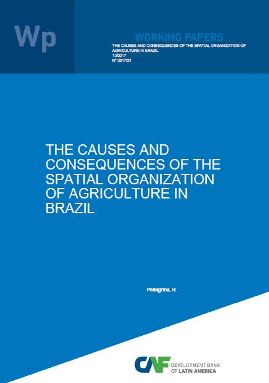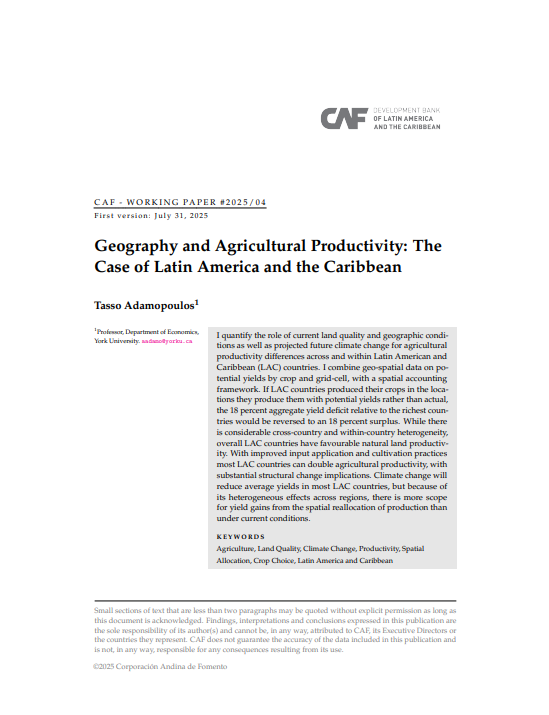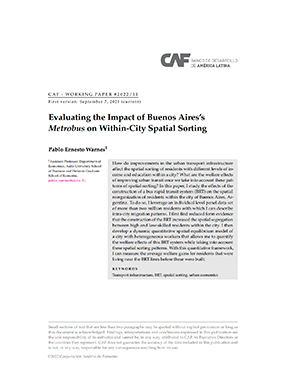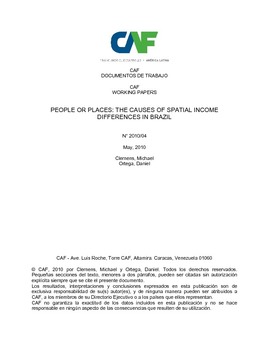The Causes and Consequences of the Spatial Organization of Agriculture in Brazil
Resumen
Why are there vast differences in agricultural activity across space? How do these differences shape the aggregate impact of agricultural shocks? To address these questions, I build a quantitative general equilibrium model that accounts for rich spatial differences in agriculture and use comprehensive county-level data from Brazil to estimate the model. I find that differences in natural advantages and factor intensities are key causes of the spatial patterns of agricultural specialization but that differences in trade costs across crops play a minor role. In addition, I study two major shocks in Brazilian agriculture: the adaptation of soybeans to tropical regions and the rise in the Chinese demand for commodities. The results show that general equilibrium effects substantially shaped the returns to agricultural research, the impact of tropical soybeans on urbanization, and the gains from trade with China.
País / Región
Fecha
2017-10-10Citar de esta publicación
Item perteneciente a la Colección
Autor
Pellegrina, Heitor S.Items Relacionados
Geography and Agricultural Productivity: The Case of Latin America and the Caribbean
This working paper quantifies the role of current land quality and geographic conditions as well as projected future climate change for agricultural ...
Evaluating the Impact of Buenos Aires’s Metrobus on Within-City Spatial Sorting
How do improvements in the urban transport infrastructure affect the spatial sorting of residents with different levels of in-come and education within ...
People or places: the causes of spatial income differences in Brazil
This paper explores testable implications of a simple model of spatial heterogeneity in earnings, a model in which this spatial heterogeneity arises ...






